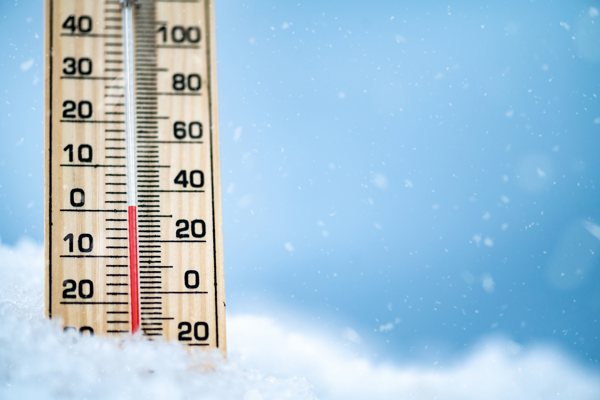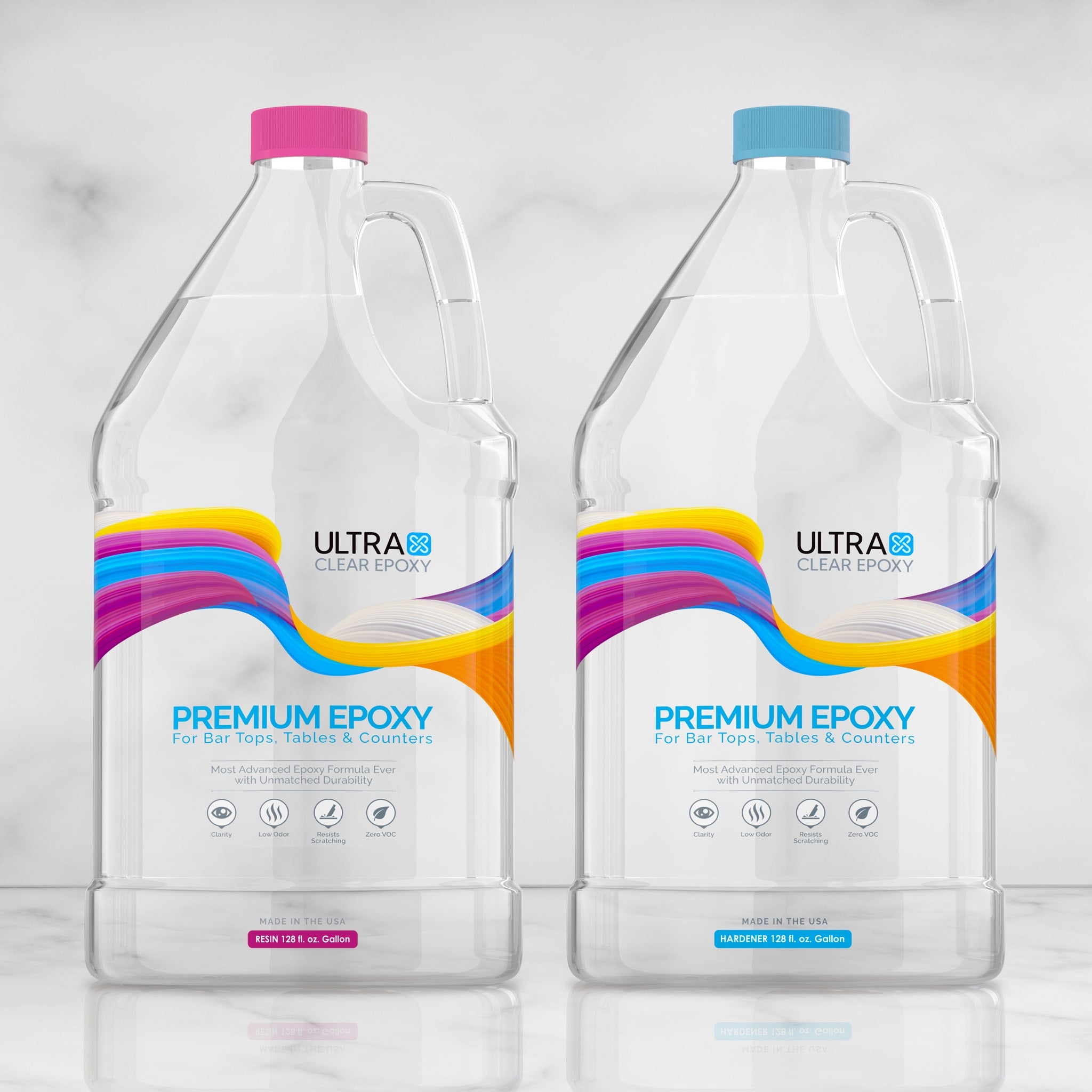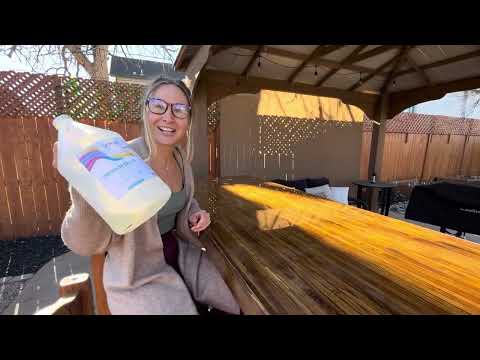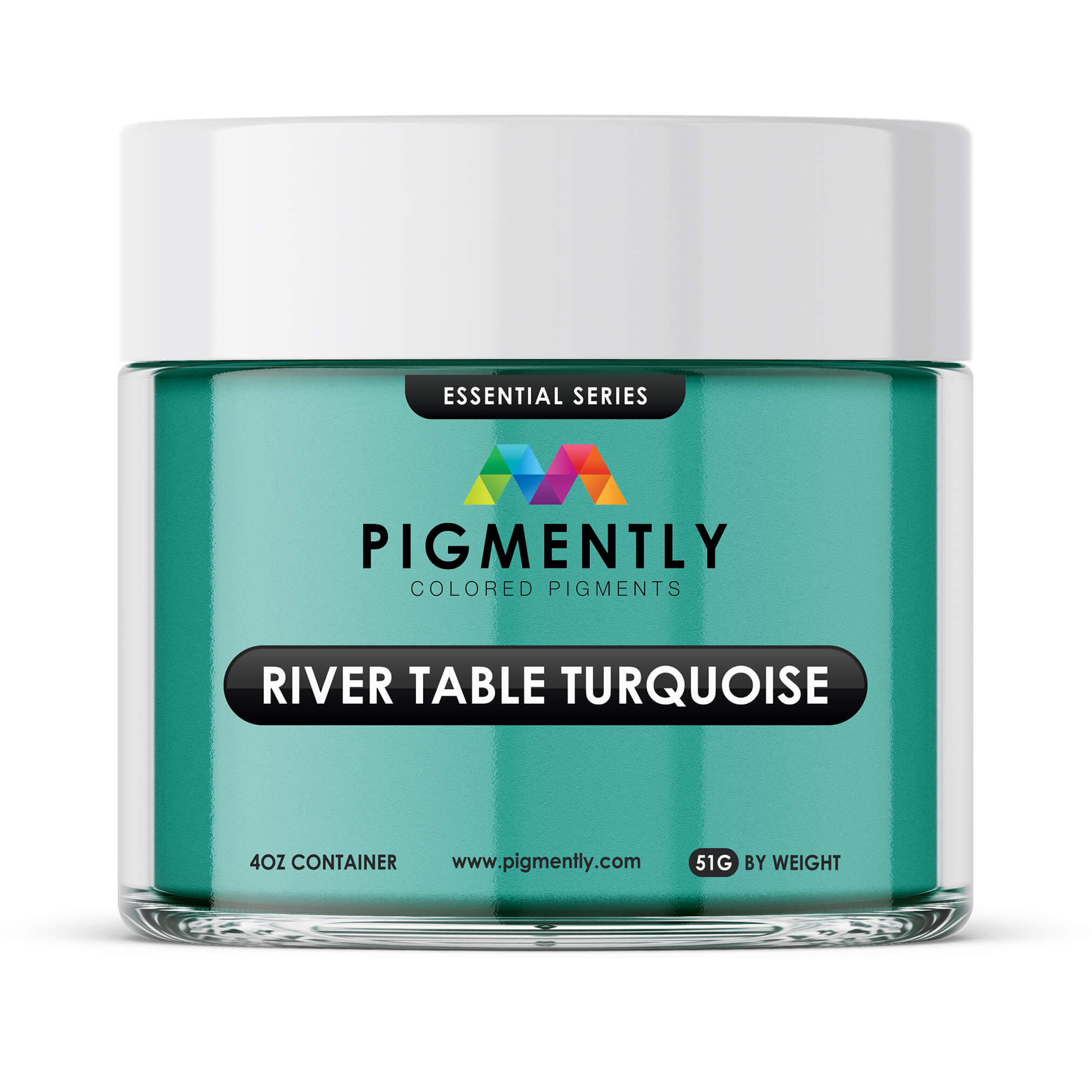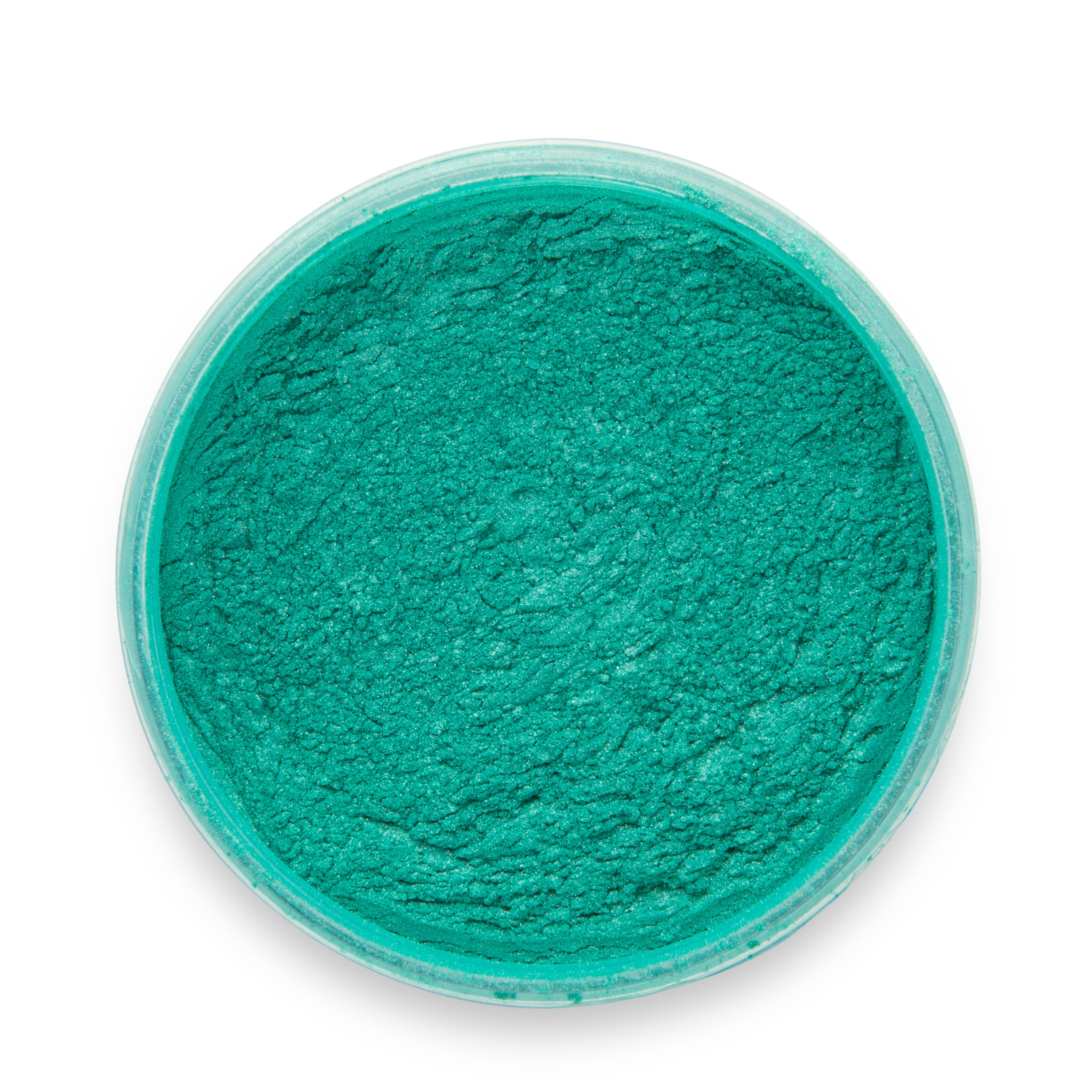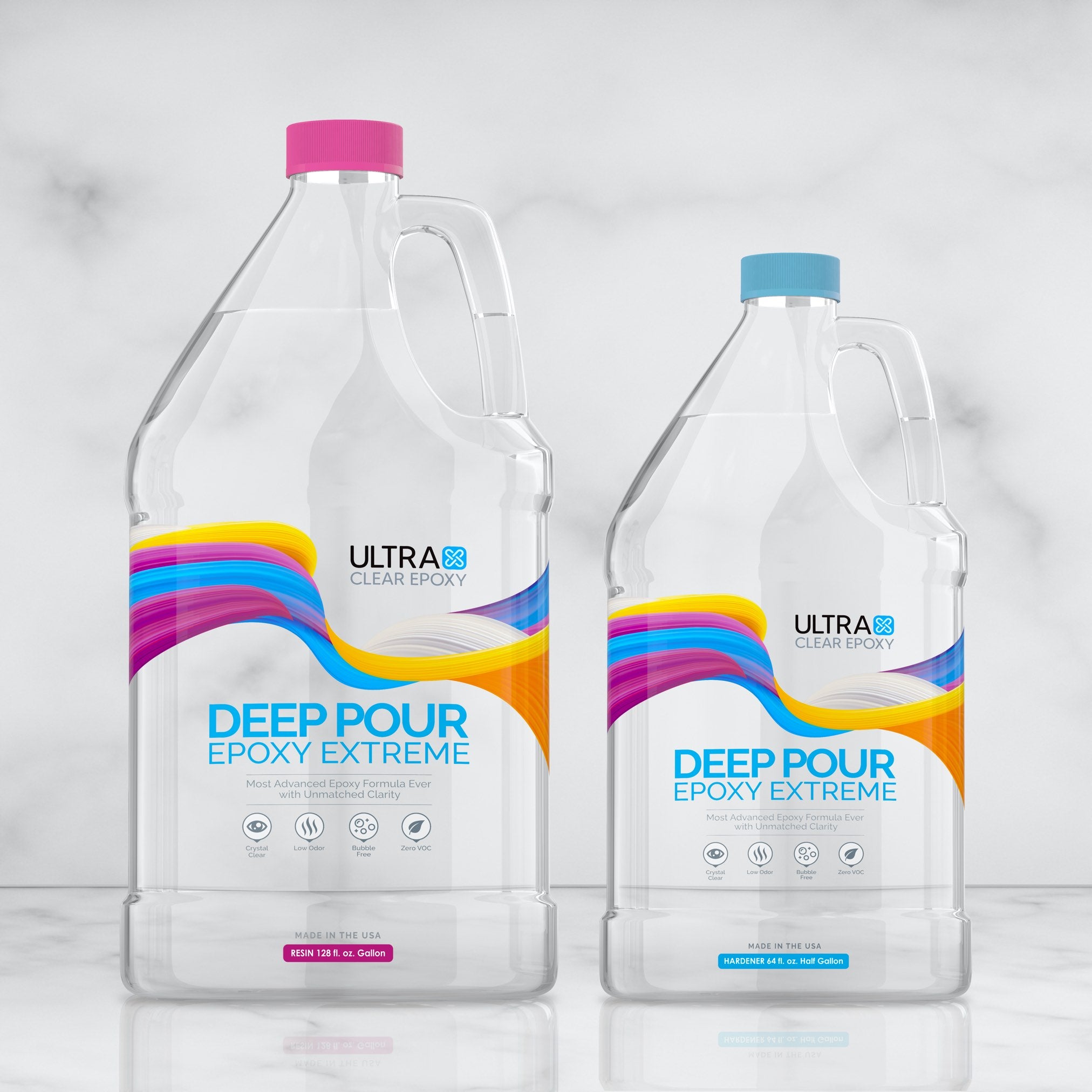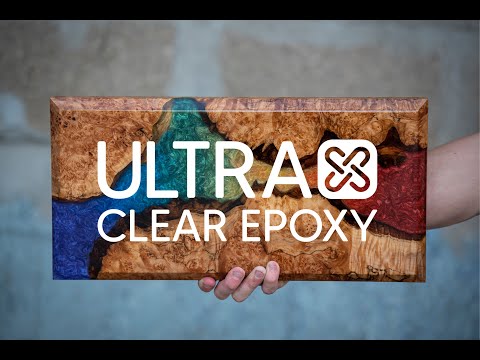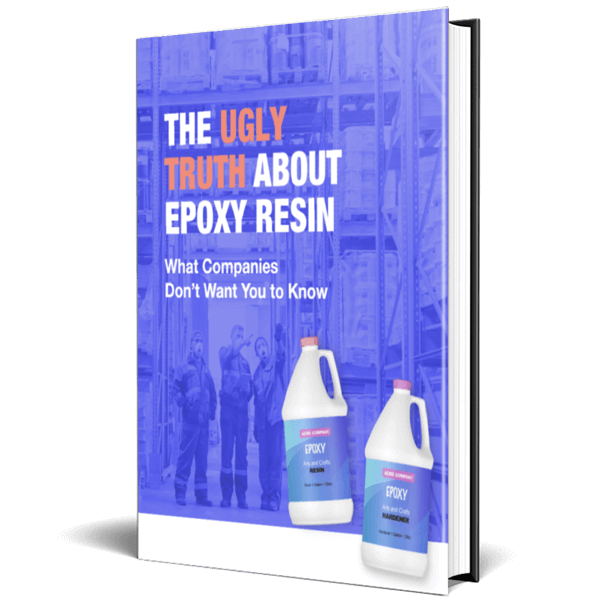Throughout an epoxy project, temperature plays an influential role. It affects how well the epoxy can blend, how it flows, and a variety of other aspects that contribute to whether or not you'll get a strong, clear finish.
As with other environmental factors, it's essential to perform your epoxy project in a space where you can control the temperature with the goal of maintaining what's best for the epoxy.
In this article, we'll talk about how temperature affects epoxy in different ways at different points of an epoxy project. We'll explain what the ideal temperatures are and give advice on how to achieve and sustain them for as long as needed.
How temperature affects epoxy
The role of temperature on epoxy resin starts at the very beginning, when it's still stored as distinct components in separate containers, and it generally ends once the epoxy has fully cured. In between, there are different points at which having the wrong temperature can hinder your efforts and having the right temperature can bolster them.
Below we'll consider this issue as it pertains to the epoxy process, starting from the beginning.
#1: Epoxy in storage
Prior to use, epoxy is stored in bottles as two separate liquid components, resin and hardener. While in their bottles, these components are susceptible to temperature shifts, which can temporarily affect their viscosity and their shelf life.
A temperature that is too low will cause the epoxy to thicken, making it difficult to work with. In turn, it loses fluidity and becomes difficult to blend cleanly. Furthermore, some of the epoxy may solidify in their container.
On the other hand, if the epoxy temperature is too high, it can cause degradation, preventing the components from mixing evenly and making them more susceptible to premature curing, which can result in a cloudy or murky appearance.
Ideal storage temperatures
You can avoid these issues by storing your epoxy appropriately.
Epoxy should be stored in a cool, dry place at room temperature, typically between 60-80°F (15-27°C). This range helps maintain the resin's consistency and ensures it will perform optimally when mixed and applied.
If any of your epoxy components have partially solidified (often due to low temperatures), you can fix them by placing the containers in hot water for a couple hours. This will allow the components to "melt" and return to their fully liquid state, ready for use.
#2: Epoxy during measuring, mixing, and pouring
Using epoxy while at high or low temperatures can negatively impact it's ability to be blended and applied during the measuring, mixing, and pouring phases of the project.
If the epoxy is too cold:
- During measuring and mixing, it will be thicker and harder to blend. This makes it difficult to combine the resin and hardener properly, which could lead to poor adhesion and improper curing.
- When applying the epoxy, it may be more likely to form air bubbles or develop with a cloudy finish. The resin may not flow as easily, allowing air to get trapped.
If the epoxy is too hot:
- If the epoxy is too hot, it may thin out too much, making it harder to control and apply.
- A too-hot environment may cause the epoxy to cure too quickly, leaving uneven surfaces, a rough texture, or soft spots in the finish.
#3: Epoxy while curing
Epoxy works by a chemical reaction between the resin and the hardener. Temperature directly influences the speed of this reaction. If the temperature is too cold, the curing process will be much slower, leading to longer wait times and possibly incomplete curing. If it's too hot, the reaction may happen too quickly, causing the epoxy to harden or cure prematurely, which can lead to issues like cracks, bubbles, or cloudiness.
What is the ideal curing temperature?
The best temperature for curing epoxy is typically around 70-75°F. At this temperature, the epoxy will cure at a consistent rate, allowing it to flow smoothly, fill gaps properly, and maintain clarity. Lower temperatures (below 60°F) will significantly slow the curing process, and if the temperature goes too high (above 80°F), the resin may overheat, affecting the final result and producing a blemished finish.
Achieve a perfect cure with these five tricks!
Other aspects to consider
In additional to maintaining the right temperatures while working with epoxy, there are a few other aspects that should be considered while working with epoxy. These are:
- Using high-quality epoxy
- Humidity levels
- Proper ventilation
- Using a clean workspace for your project
Using a high-quality epoxy
The quality of the epoxy you use will determine how clear and strong it can cure under typical conditions. Avoid using low-cost budget-brand epoxies which may develop a variety of problems or fail to cure properly, even if you do everything else right.
To get good results, use a high-quality epoxy such as UltraClear Bar & Table Top Epoxy, which features top-tier protection and a crystal-clear appearance.
Learn more about the pitfalls of using low-cost, imported epoxy here.
Humidity levels
Humidity is moisture in the air, and it can affect the epoxy's ability to cure properly. While epoxy is waterproof once cured, it's susceptible to moisture and liquids beforehand. If moisture gets trapped in epoxy while it cures, the epoxy may develop a cloudy finish instead of the crystal-clear finish that normally occurs.
To avoid this, simply keep the humidity levels below 60%. To check them, you can use a humidity reader; these are often a feature of indoor thermometers, but you can also get standalone readers, which are called hygrometers. The humidity can be controlled in different ways, but the easiest it to use a dehumidifier, which removes moisture from the air until it reaches a chosen setting.
Proper ventilation
Choose a workspace that has proper ventilation to avoid a buildup of heat or fumes from the exothermic reaction of the epoxy during curing. This not only helps the epoxy cure properly but also keeps users safe, especially for those who have respiratory health concerns.
Did you know cured epoxy is food safe? It's true! Learn more here.
Using a clean workspace for your project
When performing an epoxy project, be sure to clean the area you'll be using first. Dust and other types of debris can contaminate the epoxy. While this doesn't usually affect the cure strength, it can be an eyesore.
Read our guide on prepping for your epoxy here.
Summary: Setting the ideal epoxy conditions
To achieve an excellent cure, do the following:
- Store your epoxy in a climate of 60°F to 80°F until you're ready to use it.
- Maintain a workspace temperature of 75°F until the epoxy has cured.
- Keep your humidity levels below 60%
- Make sure your workspace is clean and well-ventilated.
Follow these guidelines, and you'll be on your way to a beautiful, pristine epoxy finish!
UltraClear Epoxy: Resin products of unmatched quality
As with any material, epoxy resin has both pros and cons. But no other sealant has so few weaknesses, and that's what puts epoxy above all other options when it comes to being a finish for high-traffic fixtures and furniture such as countertops, table tops, and bar tops. And among epoxy resin products, there are none that match the quality of UltraClear.
You can find our UltraClear Epoxy products on the following pages:
- UltraClear Bar & Table Top Epoxy: The classic choice for bar tops, countertops, and table tops. Rock-solid, waterproof, and crystal-clear.
- UltraClear Deep Pour Epoxy: Our deep pour casting resin. Ideal for thick layers, such as those needed for river tables.
- UltraClear Art & Craft Epoxy: Our arts and crafts resin, designed for smaller artistic endeavors which typically involve resin molds and require a bit more fluidity than bar top epoxy.
Epoxies that endure, with minimal upkeep
With high chemical and physical resistance, UltraClear resins can withstand and endure many forms of wear and tear without breaking a sweat or showcasing any cosmetic damage.
Plus, in addition to its ease of application, they also require little upkeep to maintain its pristine appearance. With a high-quality epoxy finish, you can expect a minimum lifespan of 7 years, with no need for reapplication. Beyond that, it's a breeze to renew that coating, requiring only a light sanding and a fresh layer of epoxy.
Expert support from our resin specialists
For more information about epoxy, or for assistance with your epoxy project, contact us at UltraClear Epoxy, where you can speak with one of our epoxy experts. During business hours, you can also text chat online with one of our resin specialists by clicking the Help button at the bottom of your screen.

